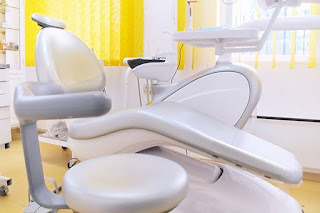As a dental office we understand how important teeth are. Our digestive process begins with the act of chewing and so protecting our teeth is essential. In the modern world, our children are faced with new dangers and potential for losing or damaging their teeth. Chief among these are sports and recreational activities like climbing or skateboarding. Contact sports like football also can result in damage to a tooth or even the loss of a tooth due to a collision. In order to protect the teeth from inadvertently being knocked out, all athletes wear mouth guards that can help mitigate damage and reduce the impact. However, accidents still happen.
For a child to lose a tooth is a big deal, especially if the tooth that is lost is the permanent tooth. All people have two sets of teeth. The first, milk teeth which are also known as deciduous teeth, come in first as a baby and eventually fall out naturally to make room for the larger, more permanent teeth. Functionally the baby teeth are essential since a child learns how to chew and talk with these teeth. Also, they serve as a placeholder for the permanent teeth. In this role, they prevent other teeth from crowding the space required by the adult tooth so that it can grow smoothly and proportionately. As a result, when a milk tooth is knocked loose, we will take precautions to ensure that the gap, left by the tooth, is not filled or crowded by the surrounding teeth. This is necessary to prevent an irregular growth of the adult tooth.
If your child has a baby or milk tooth knocked out during a sport it is a good idea to visit our dental office as soon as possible to make a plan. This way we can start monitoring the other teeth until the new tooth has grown in. You can also bring the knocked out tooth with you, transporting it in milk.
On the other hand, if the tooth that has been displaced is a permanent tooth, the problem is more serious.
We advise taking the following steps –
Find the tooth and make sure it is clean. If it is clean put it back into the socket from which it fell and hold it in place. The tooth may be held in place using the opposing teeth, the tongue, or by wrapping it in a foil using the neighboring teeth as a support. If the tooth is obviously dirty, wash it before placing it in the mouth to avoid contamination.
Call our dental office to schedule an emergency exam. We can look at various options for restoring the tooth or if it is too far gone, replacing the tooth with another dental solution. Getting the tooth to the dentist quickly is essential, and it can, like the deciduous tooth, be transported in milk or even a saline solution. When handling the tooth make sure not to touch the root but instead pick it up and handle it using the crown to avoid damaging the root.
During the appointment, we will give you advice on the best way to proceed.
